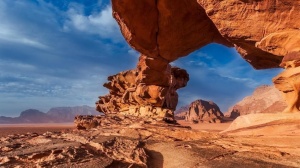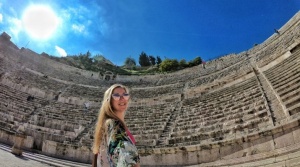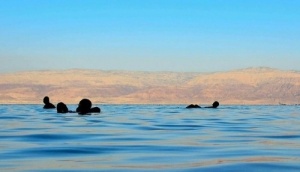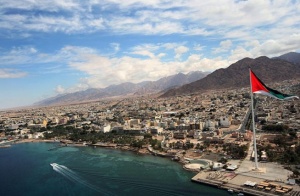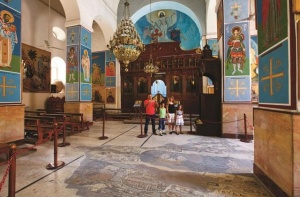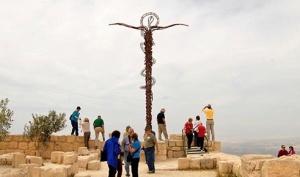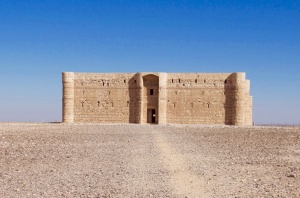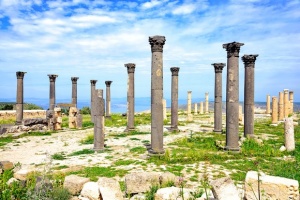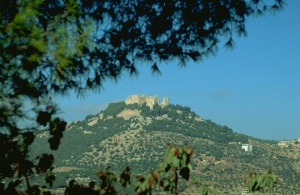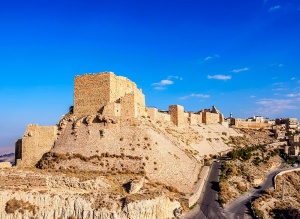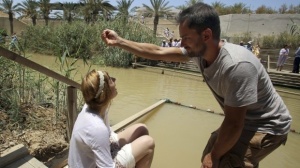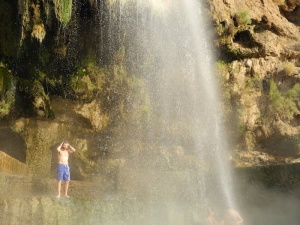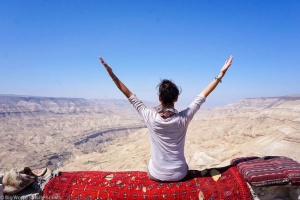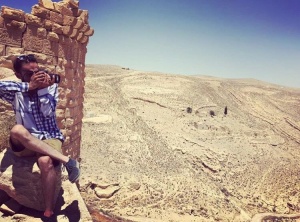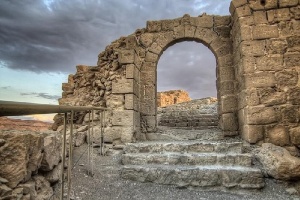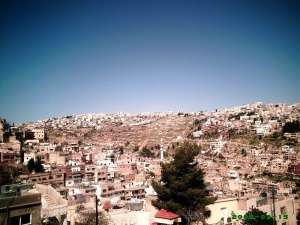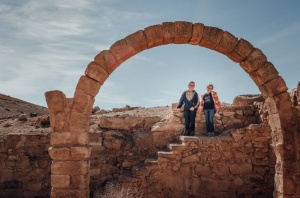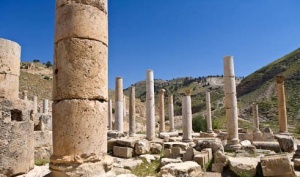Sindbad Tours
Mount Nebo is one of the most revered holy sites of Jordan where Moses (pbuh) was buried and a center for pilgrimages since earliest Christian times housing the memorial Sanctuary of Moses, 36 km (22 miles) southwest of Amman.
Scattered throughout the black basalt desert east of Amman, the Desert Castles stand as a testament to the flourishing beginnings of Islamic-Arab civilization, which were at one time integrated agricultural or trading complexes built mostly under the Umayyads.
A short journey northwest from Jerash, through a beautiful pine-forest and olive groves, brings you to the town of Ajloun, 73 km (45 miles) north of Amman, where you will find the Castle of Ajloun.
The magnificent Crusader fortress of Al-Karak, located 124 km (77 miles) south of Amman, soaring above its valleys and hills like a great ship riding waves of rock, built in 1142 by Payen le Bouteiller.
One of the most important places associated with lives of Jesus and John the Baptist (pbut), the settlement of Bethany, where John lived and baptized, 55 km (34 miles) away from Amman.
The thermal mineral hot springs and waterfalls where Herod was said to have bathed in its medicinal water and where people have come for thermal treatments since the days of Rome, 74 km (46 miles) south of Amman.
The Kings' Highway is a rich chain of archaeological sites that reads like an index of ancient history and a biblical gazetteer: prehistoric villages from the Stone Age, biblical towns, Crusader castles, Christian Byzantine mosaics, Roman-Herodian fortress, Nabataean temples, and early Islamic towns.
Shobak is one of Jordan's most significant and impressive historical sites located on the road to Petra about 190 km (118 miles) south of Amman where stands an impressive castle as a lonely reminder of former Crusader glory.
A dramatic hilltop and fort known today as Mukawir, where Salome danced and demanded John the Baptist's head on a platter, located 70 km (43.5 miles) southwest of Amman.
Located 75 km (46 miles) south of Amman, an ancient city mentioned in The Old and New Testaments housing some of the finest Byzantine church mosaics in the Middle East and the Church of St. Stephen with its perfectly preserved mosaic floor which is the largest in Jordan.
Located 96 km (60 miles) northwest of Amman, Pella, known in Arabic as Tabaqat Fahl, is one of the most ancient sites in Jordan and a favorite of archaeologists being exceptionally rich in antiquities.


